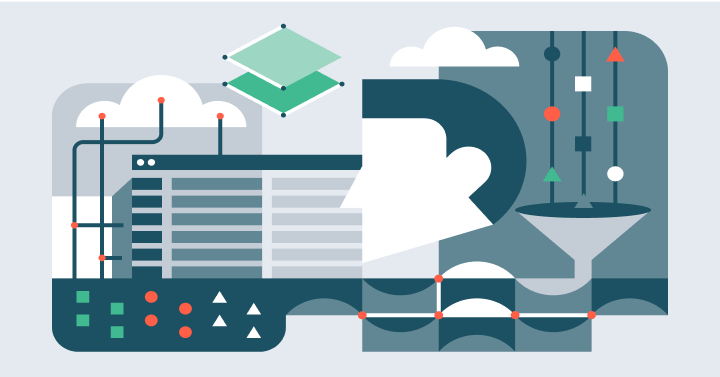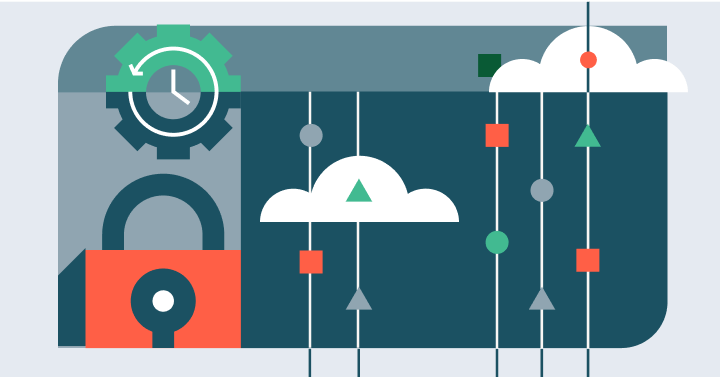Databricks for Games
The next-gen Data Intelligence Platform for game studios — all your data and AI working together so you can know and grow your players like never before

Is your game data making you smarter?
Databricks is the end-to-end data and AI platform that supports everything from creating a 360-degree view of your player base to building ML models that serve more immersive experiences.
What can you do with Databricks?
Featured Use Cases

Real-Time Game Analytics

LLM-Assisted Player Segmentation

Democratize Data Insights

1:1 Personalization in Real Time
Player
Create a personalized, frictionless journey to move gamers from anonymous to super-fan
Improve the impact of your UA spend and (re)marketing efforts
Learn how different cohorts of players interact and engage with your community and title from a time-based point of view. Find out more.
Tools to deepen engagement, drive monetization and mitigate churn, in real time and at scale. Find out more.
Understand and mitigate player churn across the player lifecycle. Find out more.
Understand where your players came from, which ads are impactful and where to invest more of your UA spend. Find out more.
Use generative AI to produce marketing creative faster — at scale or even based on player segmentation and insight — and improve your CTR.
Predict the impact of changes to your UA budget allocation to improve your ROAS. Find out more.
Merge your player outcome data with campaign details and marketing creative to better align your creative with your campaigns and better attract your most valuable players.
Align products and offers to maximize revenue from engaged players
Leverage anomaly detection machine learning processes to detect potential fraud, mitigate it and fix your metrics to give you a real view of your games’ performance.
Recommendation engines to help determine the best offer, SKU or promotion, to present to your players. Find out more.
Determine the best order for your in-game store offers, the best mix of offers to show at any given time and the best time to present them to players.
Determine the efficacy of your pricing strategy and compare it against similar titles.
Determine more quickly the best way to monetize your player through their journey.
Game
Build and run successful games that align better with your community
.
Grow healthier communities while mitigating toxicity. Find out more.
Leverage LLMs to handle Tier 1 support requests from players.
Leverage AI to identify and mitigate bad actors and preserve community and game integrity.
Optimize infrastructure costs and right-size deployments for player needs.
Increase the success of your matchmaking social experience to ensure a better player experience.
Test more often. Drive more experiments, faster.
Tap insights on everything from player journey analysis to quality of service analytics to prevent issues, improve the health of your game and improve player retention.
Democratize your data across your entire organization, empower self-service analytics and optimize
your business process
Have a conversation with your data. Ensure that all appropriate lines of business have access to useful player insights and empower your non-core data users to make use of them. Find out more.
Share data safely using Delta Sharing — governed and in accordance with regulations across your studio(s), publishers and partners. Find out more.
Empower end users to find available data so they can build meaningful insights for their goals.
Enable teams working on critical, growth-oriented projects to perform the deep analytics required to make decisions that will further your games and brands.
Driving impact across the entire organization
The Data Intelligence Platform Difference
Gaming Partner Ecosystem
Partner-developed industry solutions: Move toward open formats and the standardization of data for analytics and AI
From SI to ISV partners, Databricks’ partner ecosystem ensures you have the gaming-specific solutions, data sources and tools you need to deliver innovation faster, reduce costs and increase value from your data.
Resources
Blog
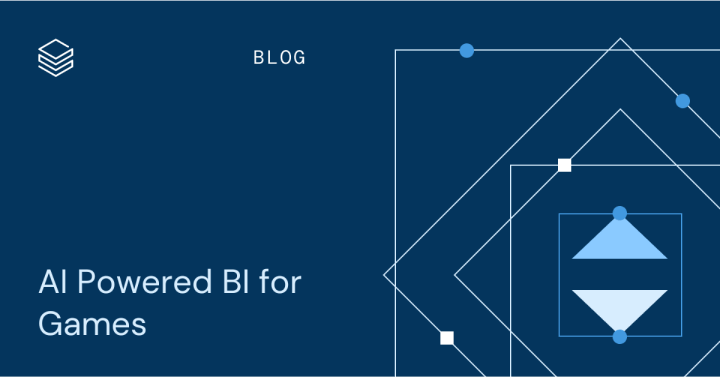
Technical documentation
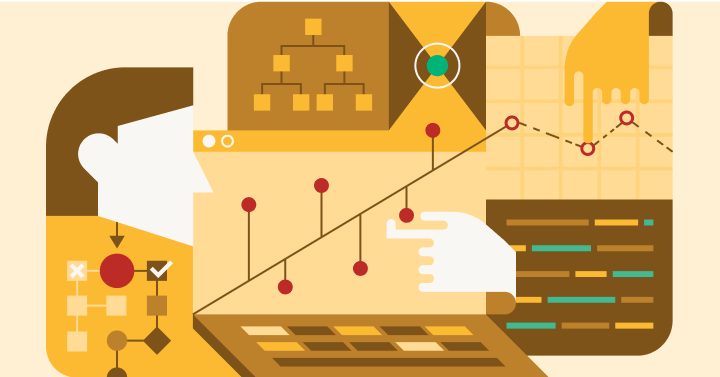
eBook
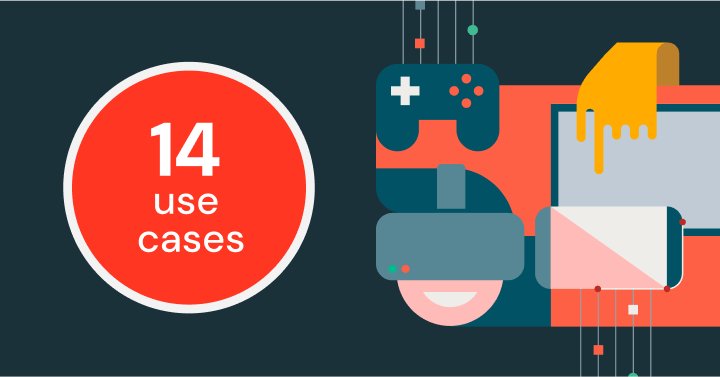
FAQ
